We’ve all heard the saying, "Laughter is the best medicine." Laughter can indeed lift our spirits, reduce stress, and even improve our overall health. However, for one man, a hearty laugh led to an unexpected and serious situation. Dr. Sudhir Kumar, a neurologist, recently shared a fascinating and rare case on the social media platform X (formerly known as Twitter). His patient, referred to as “Mr. Shyam” (name changed for privacy), experienced a fainting episode triggered by laughter.
A Light-Hearted Moment Turns Serious: Mr. Shyam was enjoying a cup of tea while watching a comedy show with his family. The humor was infectious, and soon he was laughing heartily. Suddenly, the situation took a dramatic turn. Mr. Shyam's laughter became so intense that he lost control of his teacup, and then his body went limp. He fell from his chair and briefly lost consciousness. His worried daughter, who was with him at the time, noticed some involuntary movements in his hands, which added to the alarm.
Prompt Medical Attention: Thankfully, Mr. Shyam received prompt medical attention. He was rushed to the hospital, where Dr. Sudhir Kumar diagnosed his condition as laughter-induced syncope. Syncope is a medical term for fainting, and in this rare case, it was triggered by laughter. Although laughter-induced syncope is uncommon, it is a real phenomenon.
What is a Laughter-Induced Syncope?
Laughter-induced syncope is a type of situational syncope. Situational syncope refers to fainting that occurs in specific situations due to a temporary drop in blood flow to the brain. Common triggers for situational syncope include coughing, swallowing, or standing up quickly. Laughter-induced syncope happens when an intense laughing episode causes a sudden drop in blood pressure or heart rate, leading to a brief loss of consciousness.
Understanding Syncope
Syncope, or fainting, occurs when there is a temporary reduction in blood flow to the brain. This can result in a brief loss of consciousness and muscle control, causing the person to collapse. There are several types of syncope, including:
1. Vasovagal Syncope: The most common type, often triggered by stress, pain, or fear.
2. Cardiac Syncope: Caused by heart-related issues such as arrhythmias or structural heart problems.
3. Orthostatic Hypotension: Occurs when blood pressure drops suddenly upon standing up.
4. Situational Syncope: Triggered by specific actions or situations, such as laughing, coughing, or swallowing.
Symptoms and Diagnosis: The symptoms of syncope can vary depending on the underlying cause. Common symptoms include:
- Sudden dizziness or lightheadedness
- Nausea
- Sweating
- Blurred vision
- Pale skin
- Brief loss of consciousness
In Mr. Shyam's case, the intense laughter led to a sudden drop in blood pressure, causing him to faint. When diagnosing syncope, doctors typically conduct a thorough medical history and physical examination. Additional tests may include an electrocardiogram (ECG), blood tests, and sometimes more specialized tests like tilt table testing or echocardiography to identify any underlying conditions.
Managing Laughter-Induced Syncope: Managing laughter-induced syncope primarily involves identifying and avoiding triggers. In Mr. Shyam's case, being aware of the potential risk of intense laughter can help prevent future episodes. Other general measures to manage syncope include:
- Staying Hydrated: Dehydration can contribute to low blood pressure and increase the risk of syncope.
- Avoiding Prolonged Standing: Standing for long periods can lead to blood pooling in the legs and reduce blood flow to the brain.
- Using Compression Stockings: These can help improve blood circulation and reduce the risk of fainting.
- Slow Movements: Getting up slowly from a seated or lying position can help prevent sudden drops in blood pressure.
The Role of Laughter in Health: Despite the rare risk of laughter-induced syncope, it's important to remember that laughter has numerous health benefits. Laughter can:
- Reduce Stress: Laughter lowers stress hormones like cortisol and adrenaline.
- Boost the Immune System: Positive emotions and laughter can enhance immune function.
- Improve Heart Health: Laughter increases blood flow and improves the function of blood vessels.
- Relieve Pain: Laughter triggers the release of endorphins, the body's natural painkillers.
- Enhance Social Connections: Shared laughter strengthens relationships and builds social bonds.
Laughter-induced syncope is a rare phenomenon and should not deter anyone from enjoying the benefits of laughter. However, it's a reminder that our bodies can react in unexpected ways to certain stimuli. If you or someone you know experiences syncope, it's important to seek medical attention to determine the cause and appropriate management.
Mr. Shyam's experience with laughter-induced syncope is a fascinating and rare medical case. It highlights the importance of understanding the various triggers of syncope and the need for prompt medical attention in such situations. While laughter-induced syncope is uncommon, it serves as a reminder that our bodies can respond in surprising ways to everyday actions.
At Medicircle, we are committed to providing you with accurate and insightful health information. Understanding conditions like syncope and their triggers can help you stay informed and prepared. Remember, while laughter is indeed a powerful medicine, it's always important to be aware of how your body responds and seek medical advice if you experience unusual symptoms.

 Laughter-induced syncope is a type of situational syncope. Situational syncope refers to fainting that occurs in specific situations due to a temporary drop in blood flow to the brain
Laughter-induced syncope is a type of situational syncope. Situational syncope refers to fainting that occurs in specific situations due to a temporary drop in blood flow to the brain





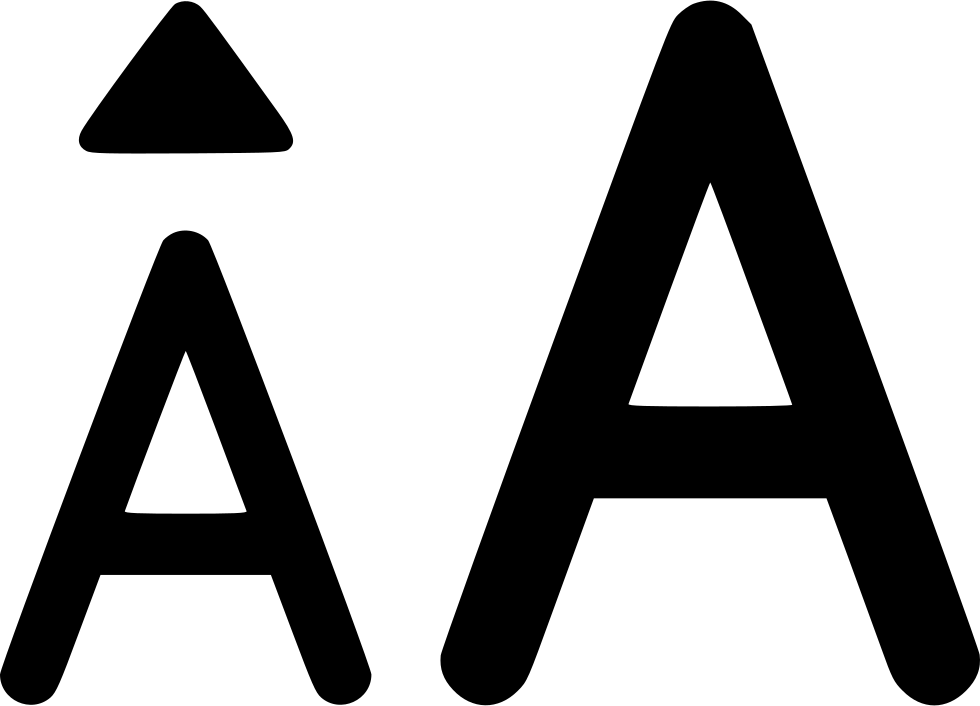




.jpeg)
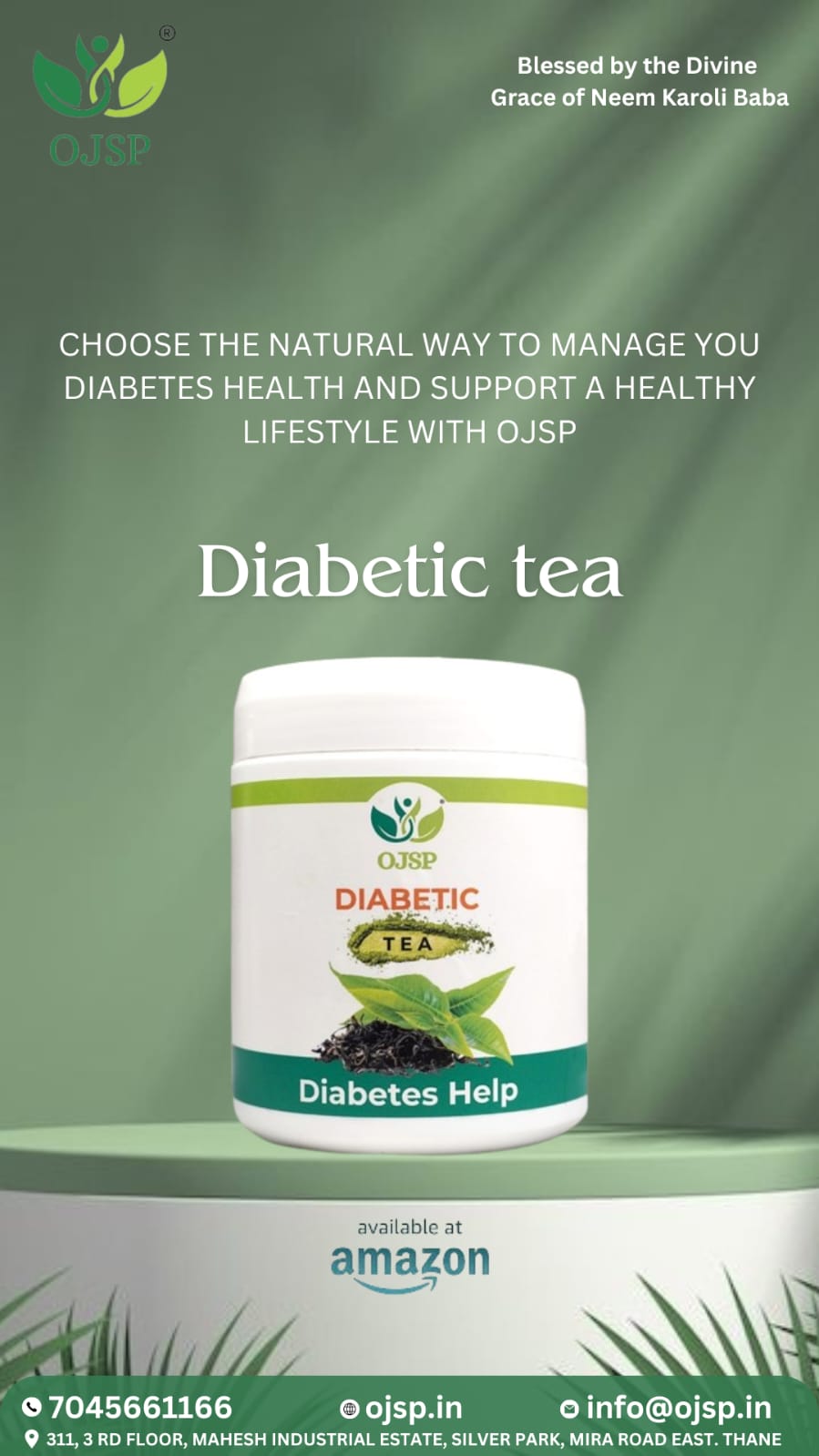
.jpeg)
.jpeg)

.jpeg)

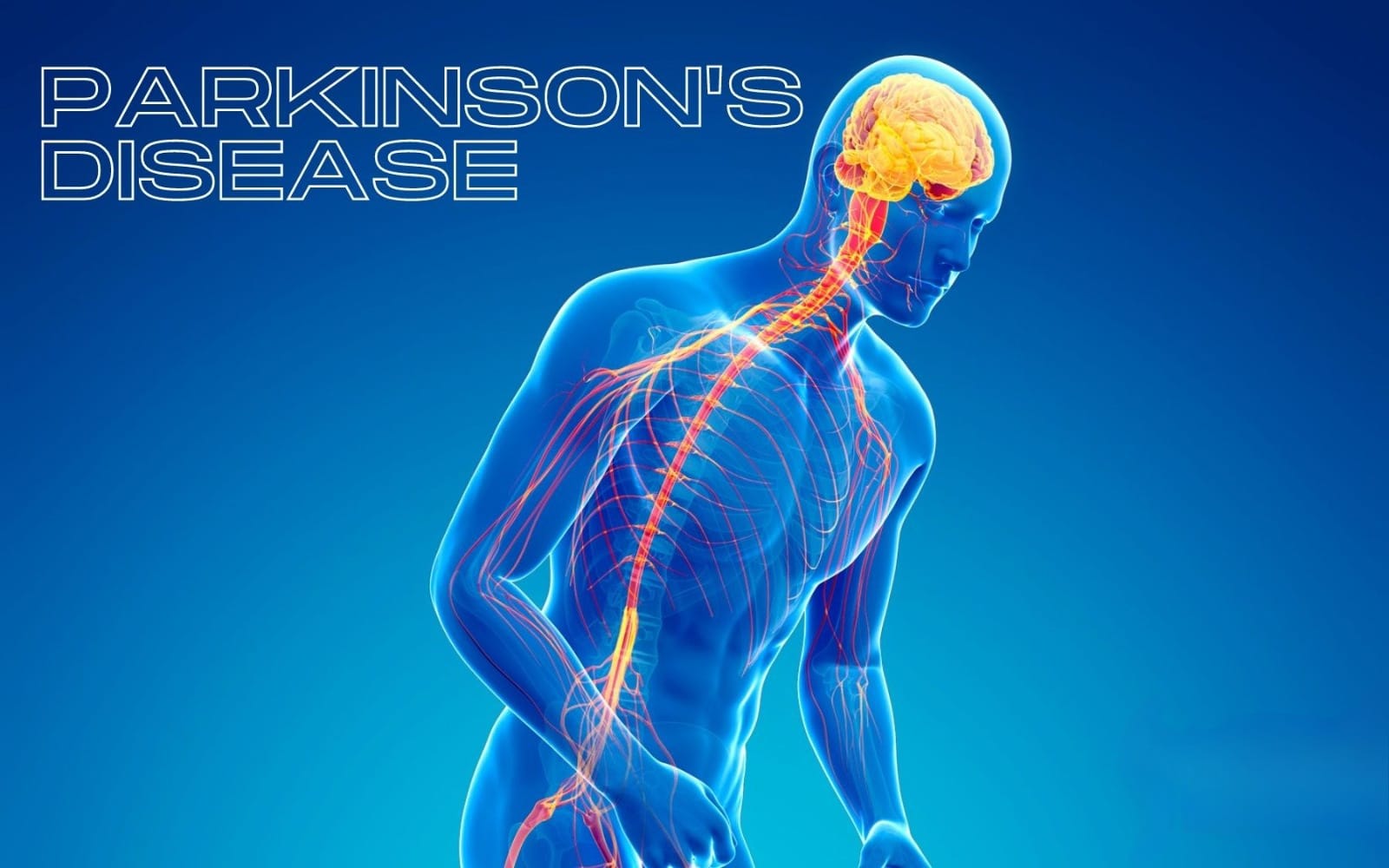
.jpeg)
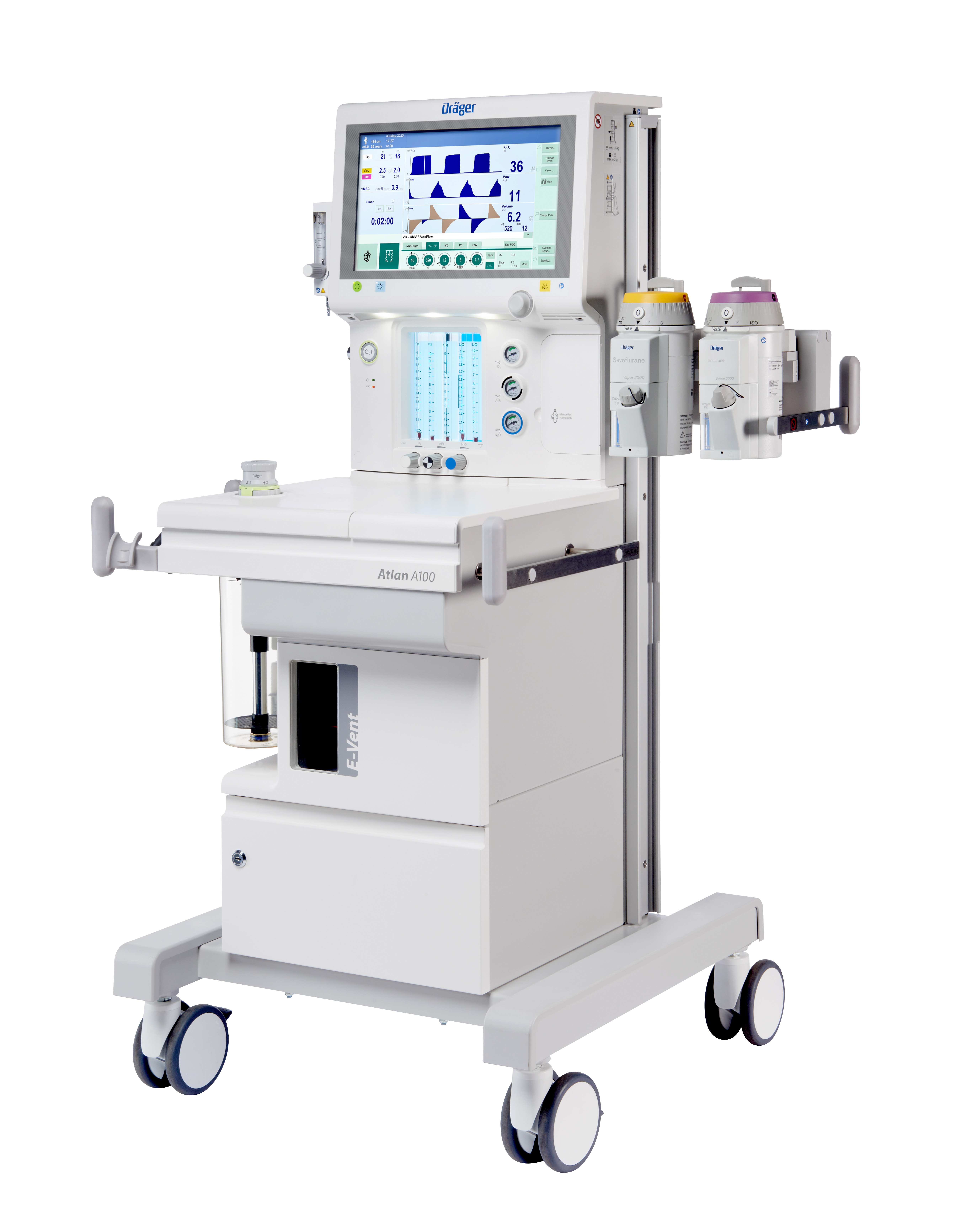

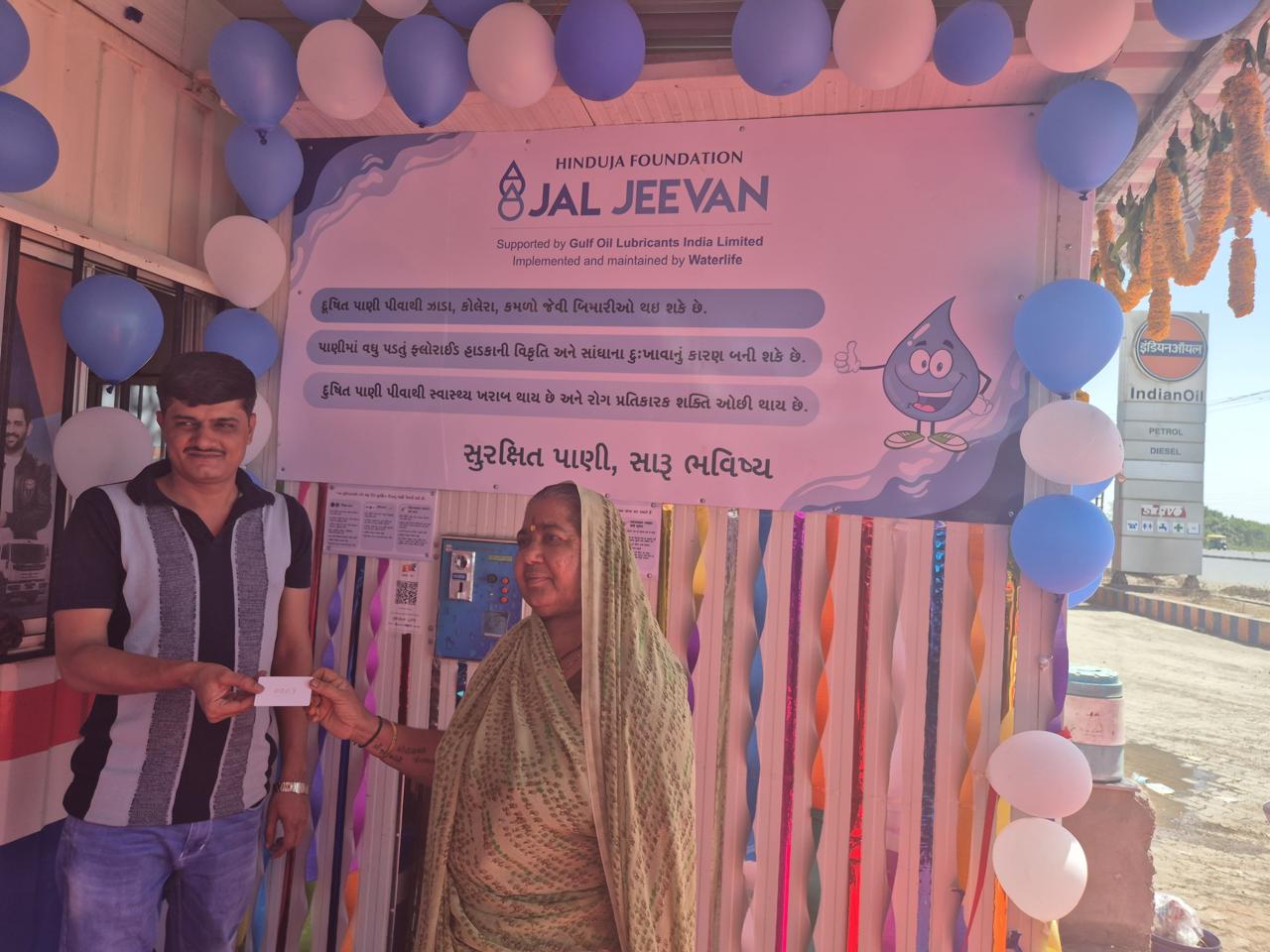
.jpeg)
.jpeg)
.jpeg)


.jpg)


.jpeg)
.jpeg)